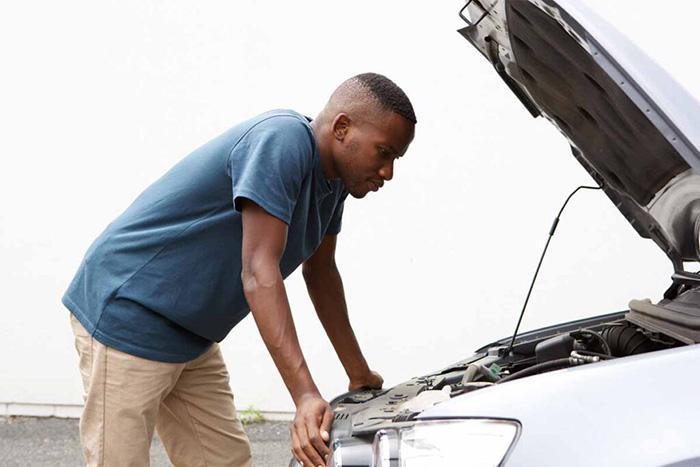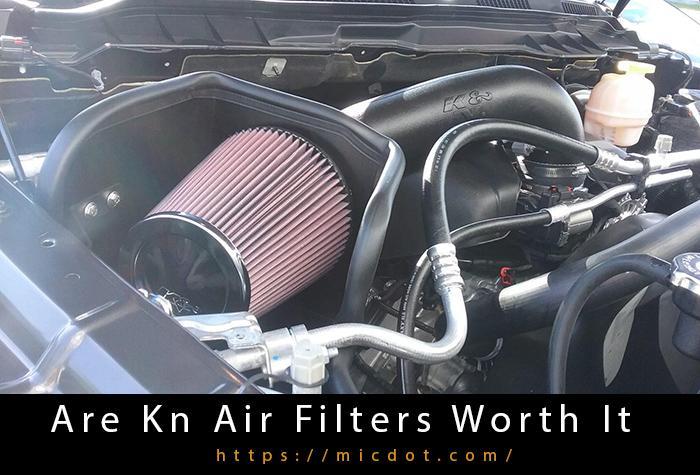Affiliate links can be found throughout this piece. Using any of the links on this page will allow me to earn a small commission at no additional cost to you.
Why isn’t gas flowing to my car’s engine? Your car’s gasoline tank is full, but the fuel isn’t getting to the engine. What do you think the reason is?
You Are Watching: Why Is My Car Not Getting Gas To Engine? Updated 04/2024
Because today’s automobiles are more complex and interconnected than ever before, even a single problem might cause all of the others to go out of sync.
It is important to note that many factors contribute to gas flow restrictions in your vehicle. There are a number of common causes for this problem, and we’ve tried our best to explain how you can fix it.
Make sure to get a mechanic involved if the workaround appears to be too complicated.
Why Is My Car Not Getting Gas To Engine?
There are a few possibilities if you’ve checked your fuel level and it’s correct. However, there may be other explanations for this hard circumstance depending on the type and brand of the car you drive.
1. Faulty Fuel Delivery System

Read More : Top 8 Cars For Tall People That You Need Know Updated 04/2024
In order to get to the engine, fuel must first travel through a series of channels, which is why it doesn’t appear to jump directly from the tank.
Consequently, fuel can’t get into the engine when these channels are broken or destroyed, and this is the root of your problem.
The first step in diagnosing a problem with the fuel distribution system is to inspect the filter for obstructions. Neither a defective fuel injector nor a blocked fuel filter allow gasoline to flow freely into the engine.
When your automobile doesn’t seem to be receiving gas to the engine, the first place to examine is the delivery system (fuel pump, injectors, and filter). However, if the delivery system appears to be functioning properly, it’s time to search elsewhere.
2. Fuel Pressure Regulator
In some situations, a defective fuel pressure regulator can cause your engine to run out of fuel. It is common for the pressure regulator to malfunction if it is malfunctioning. You’ll need a pressure gauge to do this; you can borrow one from a friend.
Every car’s owner’s manual usually includes information on the specs of various parts. Your car’s pressure parameters are listed in a section.
Make that the pressure gauge reading in your vehicle’s manual matches what you get when you attach it.
Read More : Volkswagen Tiguan Launched Image Gallery Updated 04/2024
This could be a problem with the pressure regulator if the readings do not match. In other words, it’s time for a replacement.
Other Possible Causes
Modern cars are more interconnected than ever, and an electrical problem can cause mechanical components to malfunction.
Use an OBD scanner to diagnose your vehicle if you’ve tested the complete fuel system and found nothing wrong.
Your car’s failure to start could also be caused by faulty spark plugs. Even if you’ve topped off the gas tank, there are numerous reasons why your engine won’t start. The best way to figure out what’s wrong with your car is to take it to a technician.
Conclusion
Taking a few simple precautions when driving can save you a lot of worry. My car’s engine isn’t getting the gas it needs. A malfunctioning fuel system is the most prevalent source of this problem.
There are several parts to the contemporary car’s fuel system, and if any of them fail, you’ll notice a decrease in acceleration and other engine-related issues.
If you design and follow a flexible maintenance schedule, you’ll be able to catch problems early on and prevent them from breaking down your vehicle.
Sources: https://micdot.com
Category: Car










